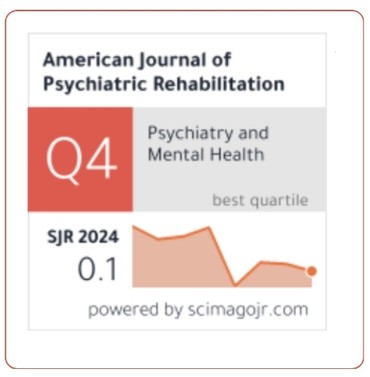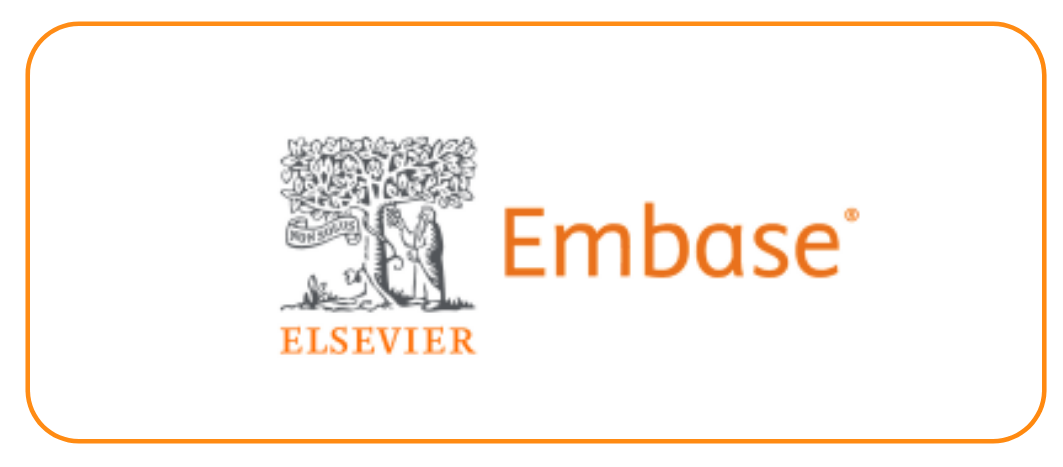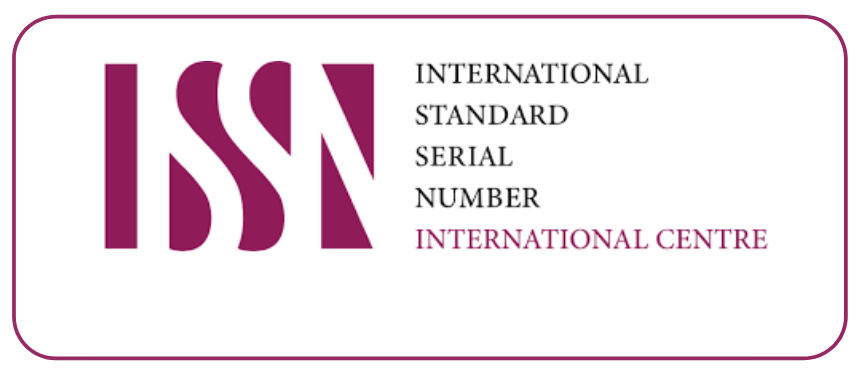Evaluation Of Staining Susceptibility Of Aesthetic Restorations Following Mouthrinses – An In Vitro Study
DOI:
https://doi.org/10.69980/ajpr.v28i5.385Keywords:
Tetric N-Ceram, 3M ESPE Filtek, Mouth rinsesAbstract
AIM: The purpose of this study is to determine the staining susceptibility of nano-filled composite materials following the use of two different mouth rinses.
METHODS AND MATERIALS: The study sample consists of two different nanocomposites of shade A2. 30 samples of nano-filled composites (15 each) with a diameter of 8 mm and thickness of 2mm will be prepared using a metal ring. The samples will be divided into two groups: GROUP A (Tetric N-Ceram), GROUP B (3M ESPE Filtek). Each group has 5 subgroups: Subgroup A: control (normal water), Subgroup B: Betadine 2 % Mint Gargle, Subgroup C: Colgate Plax, Subgroup D: Hexidine, Subgroup E: Peroxyl. All the samples will be immersed in respective mouth rinses for the respective period, then the samples will be placed in distilled water after the testing period and the procedure will be carried out for one week. The color stability differences between the nanocomposites while using two different mouth rinses will be measured by spectrophotometer. Data will be analyzed by ANOVA test.
RESULTS: The color difference (ΔE*) of the resin materials ranged between 5.46000 and 0.58400 after one week of assessment.
CONCLUSION: Tetric N-Ceram has more staining susceptibility than 3M-ESPE nano-composites. Among the different mouth rinses, betadine has more staining potential followed by Colgate Plax, CHX, and Hydrogen peroxide.
References
1. Menon A, Ganapathy DM, Mallikarjuna AV. Factors that influence the colour stability of composite resins. Drug Invention Today. 2019 Mar 1;11(3).
2. Barutcigil Ç, Yıldız M. Intrinsic and extrinsic discoloration of dimethacrylate and silorane based composites. Journal of Dentistry. 2012 Jul 1;40:e57-63.
3. Müller HD, Eick S, Moritz A, Lussi A, Gruber R. Cytotoxicity and antimicrobial activity of oral rinses in vitro. BioMed research international. 2017 Mar 19;2017.
4. Hegde MN, Hegde P, Bhandary S, Deepika K. An evalution of compressive strength of newer nanocomposite: An in vitro study. Journal of conservative dentistry: JCD. 2011 Jan;14(1):36.
5. Paul DR, Robeson LM. Polymer nanotechnology: nanocomposites. Polymer. 2008 Jul 7;49(15):3187-204.
6. Al-Abdullah AS, Al-Bounni RS, Al-Omari M. Color Stability of Tetric® N-Ceram Bulk Fill Restorative Composite Resin after Immersion in Different Drinks. Journal of advanced oral research. 2017 May;8(1-2):34-41.
7. Svizero ND, GÓES AR, Bueno TD, Di Hipolito V, Wang L, D'ALPINO PH. Micro-sized erosions in a nanofilled composite after repeated acidic beverage exposures: consequences of clusters dislodgments. Journal of Applied Oral Science. 2014 Jul 4;22:373-81.
8. Di Francescantonio M, Pacheco RR, Aguiar TR, Boaro LC, Braga RR, Martins AL, Giannini M. Evaluation of composition and morphology of filler particles in low-shrinkage and conventional composite resins carried out by means of SEM and EDX. Journal of Clinical Dentistry and Research. 2016 Jan 1;13(1):49-58.
9. Anusavice KJ. Phillips’ science of dental materials. 11th ed. St. Louis: Elsevier; 2003. p46-51
10. Nasim I, Neelakantan P, Sujeer R, Subbarao CV. Color stability of microfilled, microhybrid and nanocomposite resins—an in vitro study. Journal of Dentistry. 2010 Jan 1;38:e137-42.
11. Mair LH. Staining of in vivo subsurface degradation in dental composites with silver nitrate. Journal of dental research. 1991 Mar;70(3):215-20.
12. Roselino LMR, Cruvinel DR, Chinelatti MA, et al. Effect of brushing and accelerated ageing on color stability and surface roughness of composites. J Dent. 2013;41S:e54–e61.
13. Wiltshire WA, Labuschagne PW. Staining of light-cured aesthetic resin restorative materials by different staining media: an in vitro study. J Dent Assoc S Afr. 1990;45(12):561-5
Downloads
Published
Issue
Section
License
Copyright (c) 2025 American Journal of Psychiatric Rehabilitation

This work is licensed under a Creative Commons Attribution 4.0 International License.
This is an Open Access article distributed under the terms of the Creative Commons Attribution 4.0 International License permitting all use, distribution, and reproduction in any medium, provided the work is properly cited.









